Studio art practice works as a microcosm of students’ self-directed works in progress, creativity, knowledge, thought and expression. It offers insights into art-making and knowledge that is investigative and experimental into the practices and skills students need to transform initial plans, ideas into material work. Art studio is the space where old works, works in progress and the fruits of their research activities mingle. It is a space of discovery, where collected and selected objects and research materials and experiences resonate with each other and provoke reflection and thinking. Furthermore, in contrast, the studio is also presented as a space of material engagement and enchantment. Experimentation and creativity in the studio are seen to base on the knowledge practices of contemplation and elaboration, critical thinking and bodily engagement, instruction, and improvisation.
Students experience strong daylight as well as paintbrushes, papers, half-finished and finished canvases spread in the studio space. Entering the art studio gives them insight into how artists work and create knowledge. Starts from the idea that a piece of art, and indeed an artist, do not emerge “just like that” or out of nowhere. Art and artists are underpinned by extensive knowledge practices and specific spatial knowledge qualities. Within the four walls of the studio, students can liberate practices of imagination and testing; of attention and alteration– it is commonly used as a space where they get to reflect, display, research, store and make art.
More and more often, students are engaging with art-making experiences “by investigating the potential for knowledge creation” that exists between theory and practice, and issues and ideas that have personal and public relevance. Through memory, identity, reflection, interpretation, and representation, students are living their artworks, representing their understanding as they integrate knowing and making through aesthetic experiences.
Some pics:
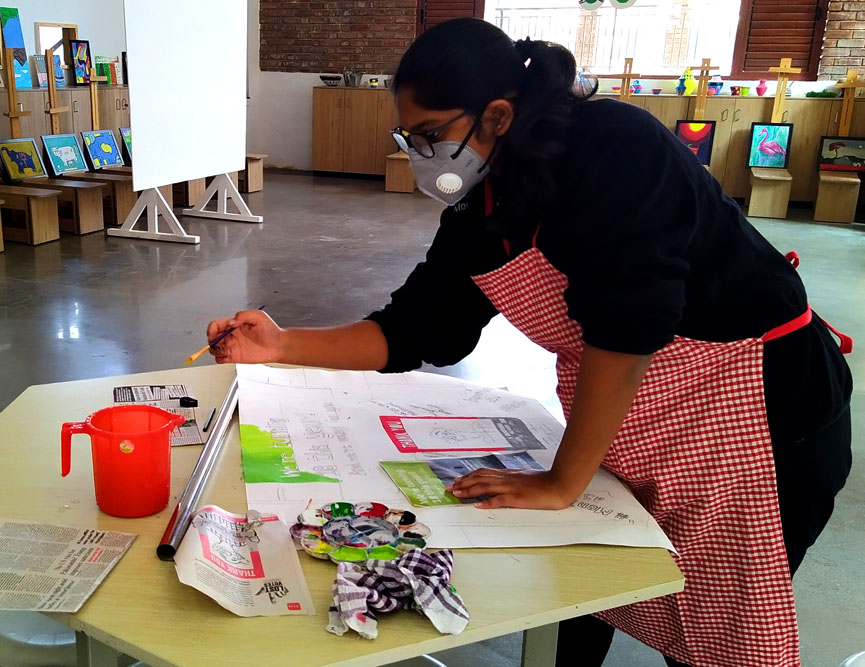
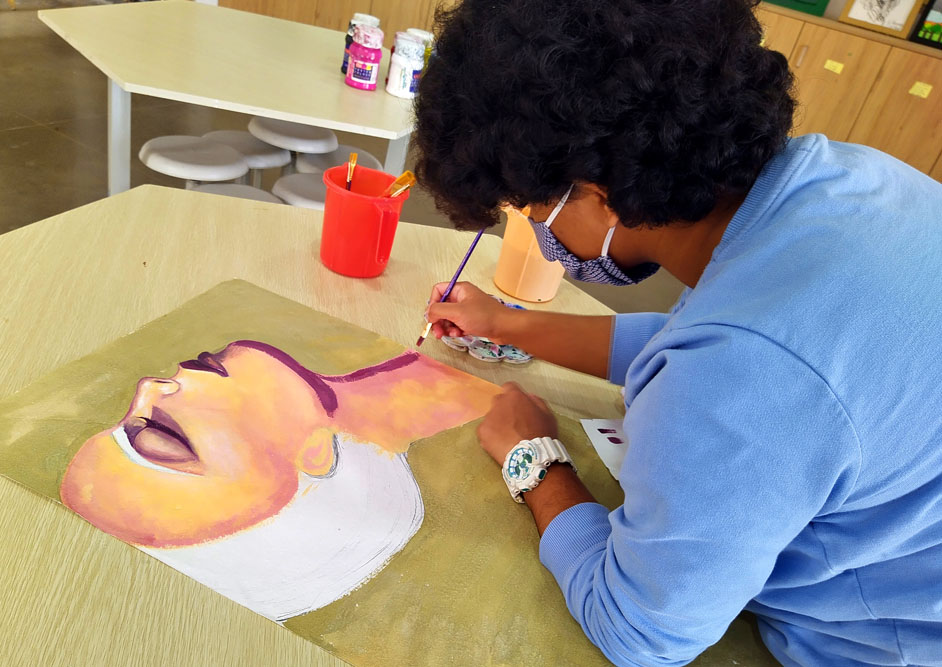
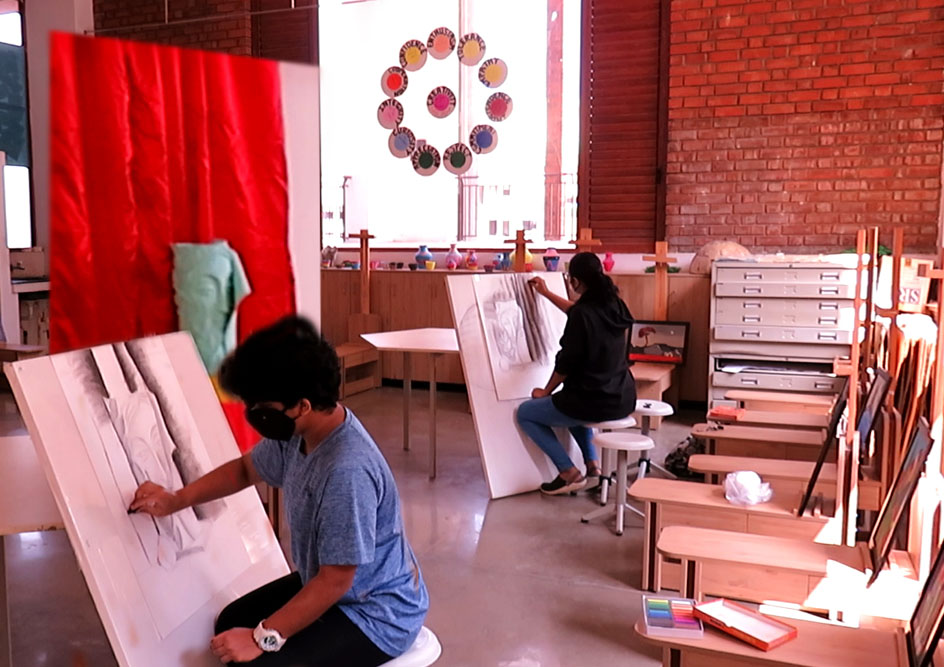
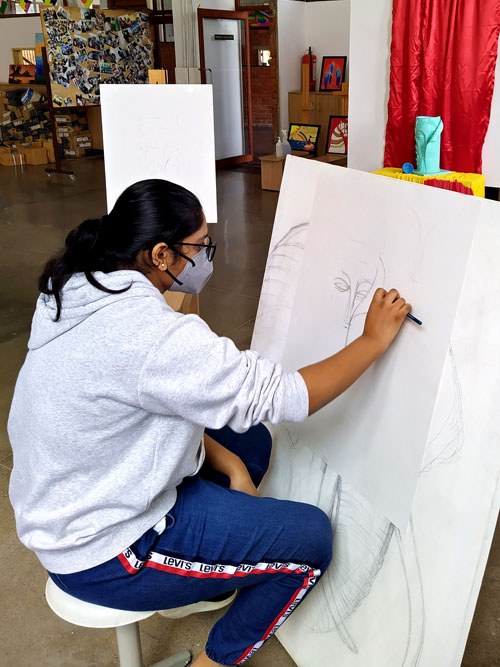
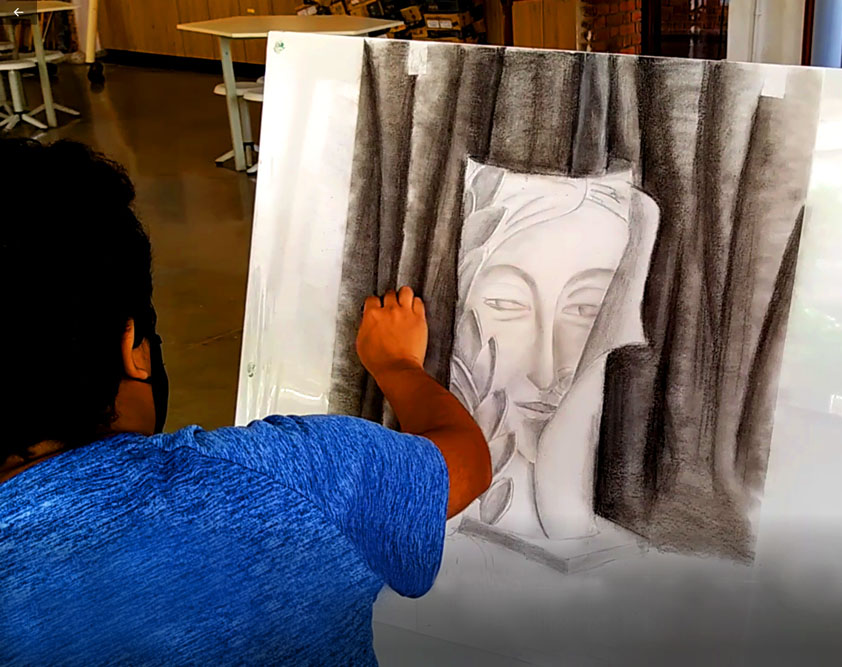
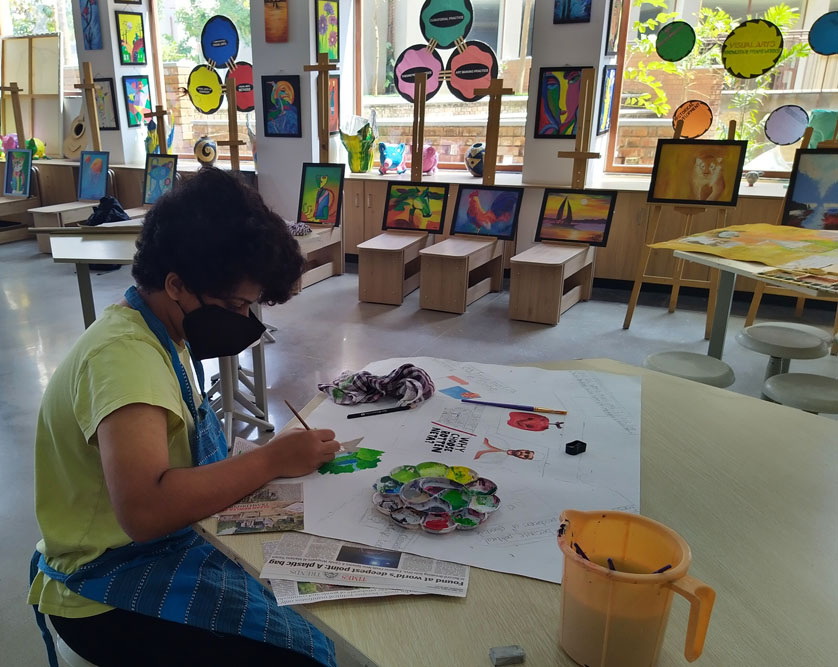
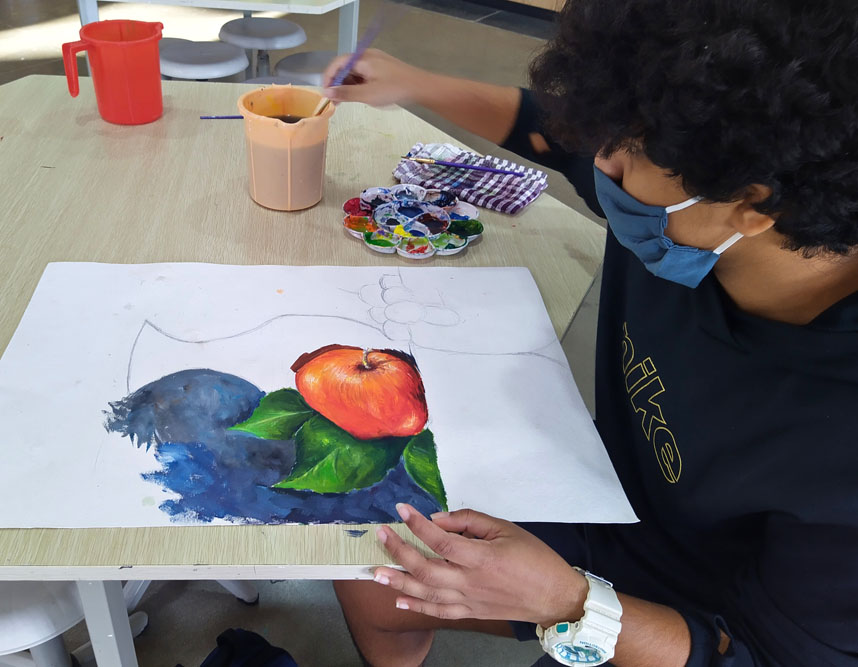
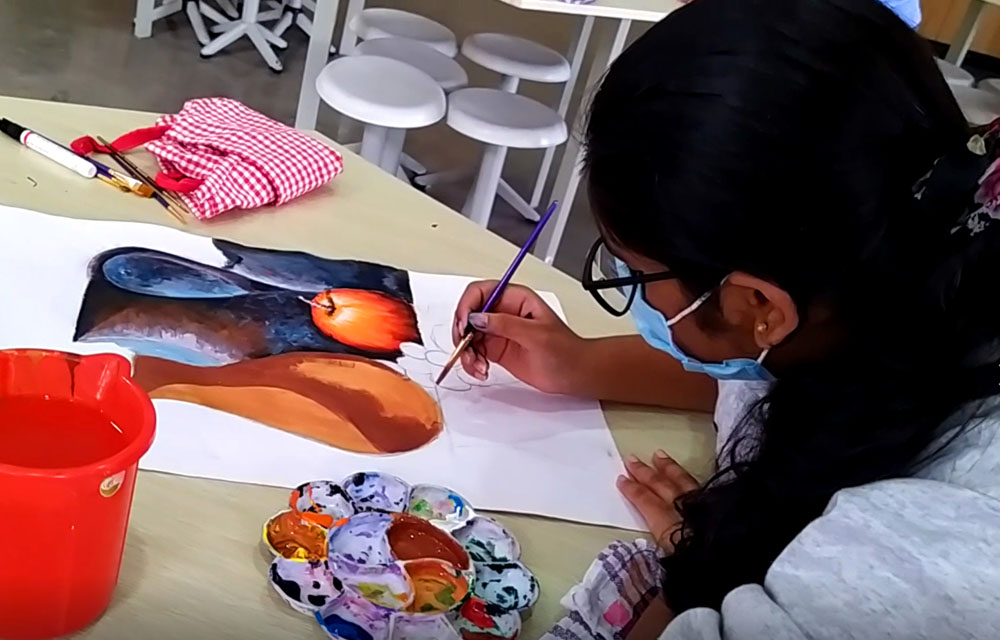
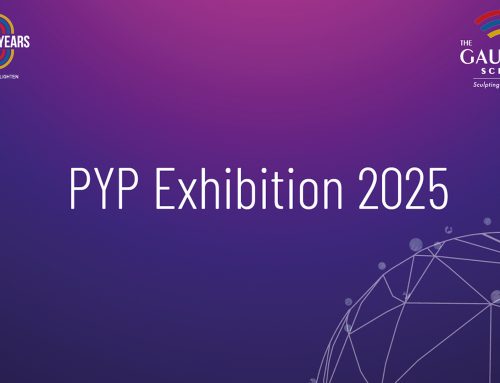
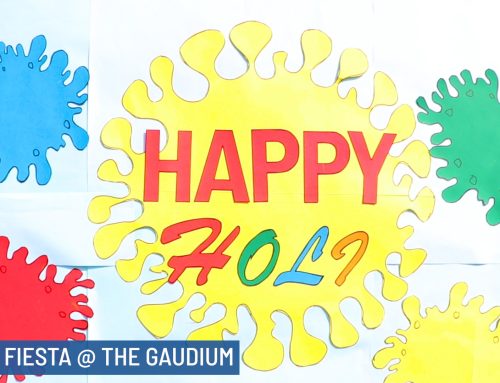
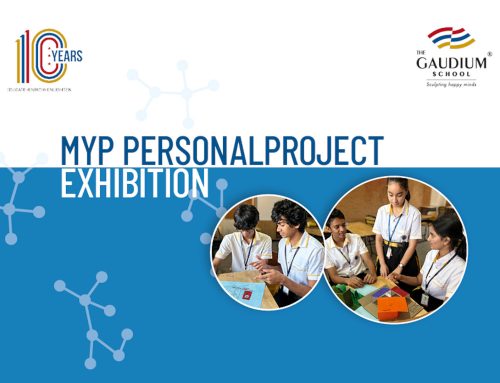


Leave A Comment